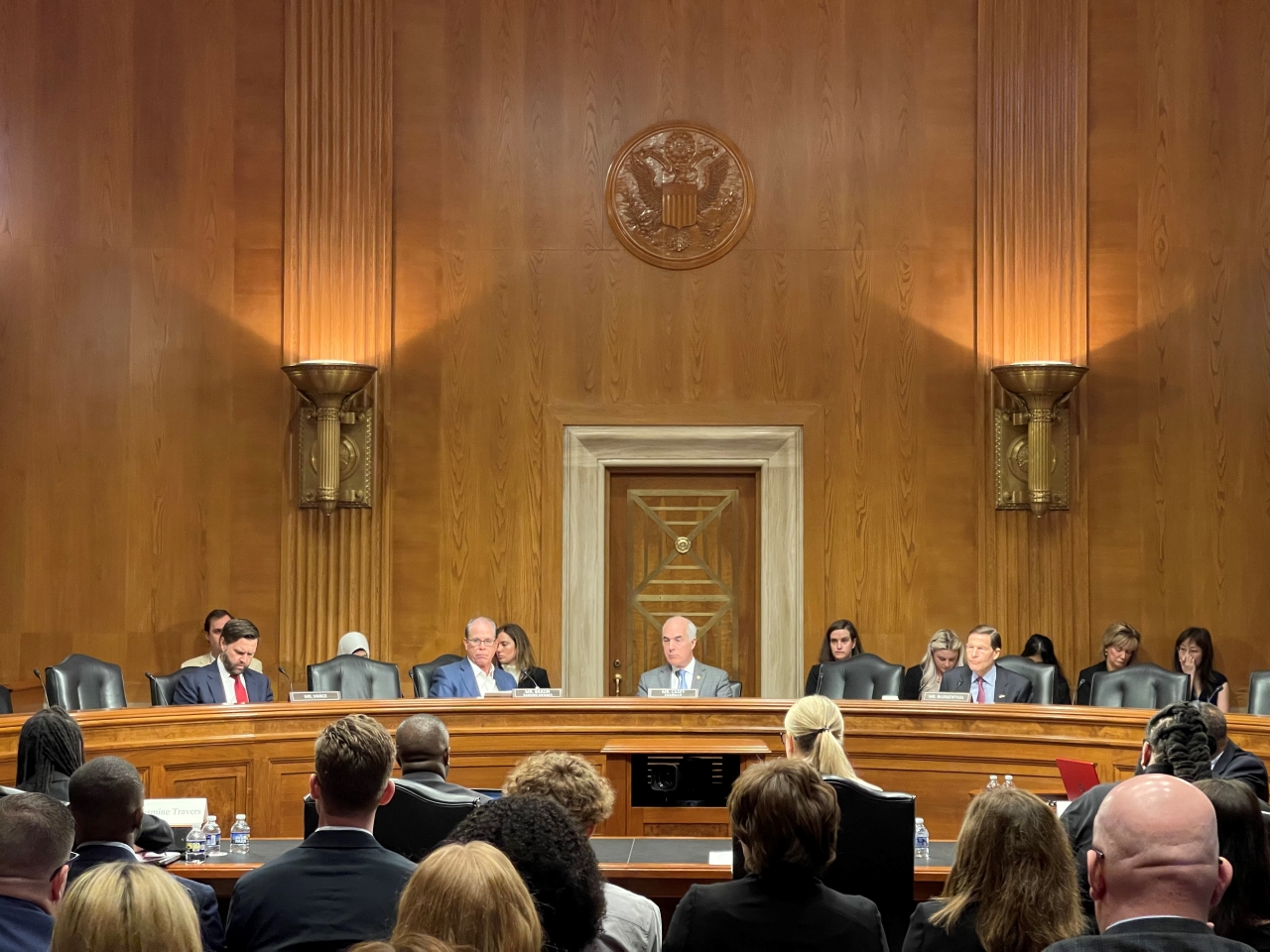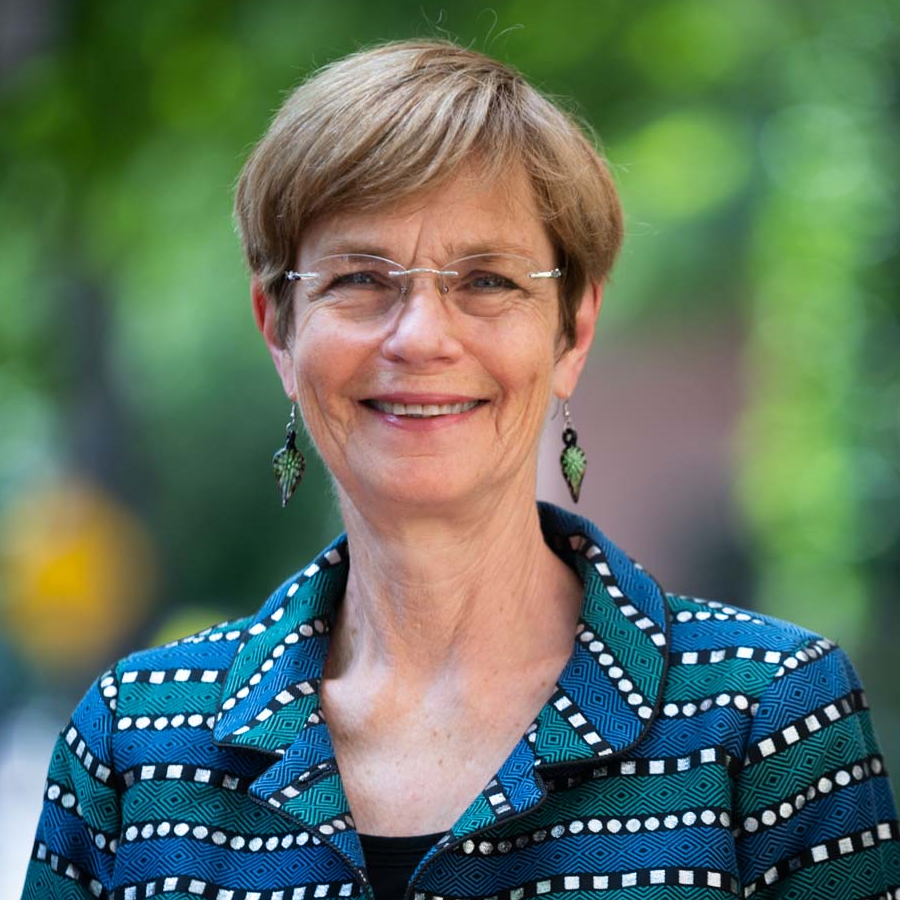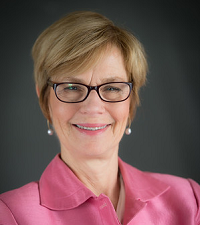Connections - 10.28.21
CEO Perspective: On Hope, Dahlias, and Pixie Dust
Share this page
Stay Informed on the Latest Research & Analysis from ANCOR
More News
Capitol Correspondence - 04.23.24
Senate Aging Committee Explores Long-Term Care Workforce Challenges

Capitol Correspondence - 04.23.24
White House Marks Anniversary of Executive Order on Care with Focus on Workforce Support
Capitol Correspondence - 04.23.24


 As this issue of Connections is published, it appears Democrats are on the verge of an agreement that will infuse more new money into the Medicaid system at once since the inception of the program. With the Delta variant subsiding, and the workforce crisis finally a congressional and Administration priority, I’m feeling cautiously and tremendously hopeful. Seeing those two adjectives side by side seems a bit absurd, but it’s consistent with the roller coaster of emotions wrought by this pandemic and the actions it has forced us to take!
As this issue of Connections is published, it appears Democrats are on the verge of an agreement that will infuse more new money into the Medicaid system at once since the inception of the program. With the Delta variant subsiding, and the workforce crisis finally a congressional and Administration priority, I’m feeling cautiously and tremendously hopeful. Seeing those two adjectives side by side seems a bit absurd, but it’s consistent with the roller coaster of emotions wrought by this pandemic and the actions it has forced us to take!